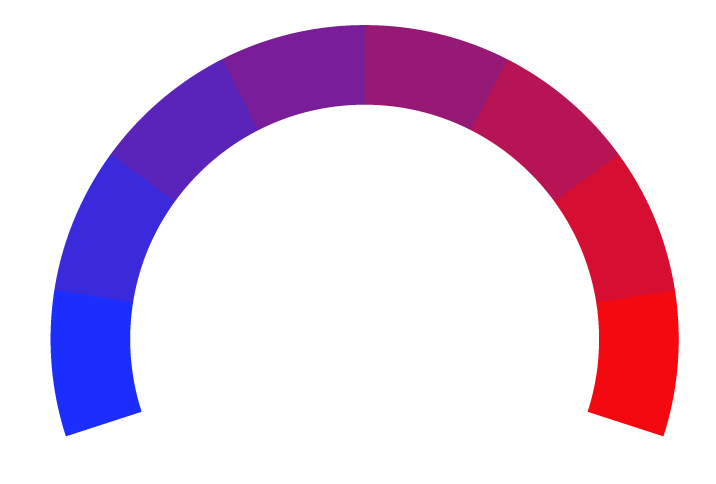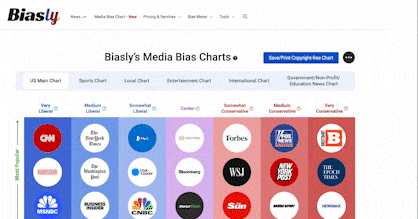What Are Payroll Taxes? An Employee's Guide
- Bias Rating
- Reliability
N/AN/A
- Policy Leaning
30% Somewhat Right
- Politician Portrayal
8% Positive
Continue For Free
Create your free account to see the in-depth bias analytics and more.
By creating an account, you agree to our Terms and Privacy Policy, and subscribe to email updates.
Bias Score Analysis
The A.I. bias rating includes policy and politician portrayal leanings based on the author’s tone found in the article using machine learning. Bias scores are on a scale of -100% to 100% with higher negative scores being more liberal and higher positive scores being more conservative, and 0% being neutral.
Sentiments
N/A
- Liberal
- Conservative
| Sentence | Sentiment | Bias |
|---|---|---|
Unlock this feature by upgrading to the Pro plan. | ||
Reliability Score Analysis
Policy Leaning Analysis
Politician Portrayal Analysis
Bias Meter
Extremely
Liberal
Very
Liberal
Moderately
Liberal
Somewhat Liberal
Center
Somewhat Conservative
Moderately
Conservative
Very
Conservative
Extremely
Conservative
-100%
Liberal
100%
Conservative

Contributing sentiments towards policy:
57% : Your employer withholds a portion of each of your paychecks to cover payroll taxes, which support Social Security, Medicare and, in some cases, unemployment benefits.56% : Social Security provides income for older retirees and younger Americans who are unable to work.
55% : While payroll taxes fund the specific programs we've talked about, income taxes go to the U.S. Treasury to support broad government spending.
51% : FICA payroll taxes take 6.2% of your wages for Social Security, while your employer kicks in an equal amount that does not come out of your pay.
43% : There are two types of unemployment taxes: Employers deduct both payroll taxes and income taxes from your paycheck each pay period, and there are key differences between the two.
*Our bias meter rating uses data science including sentiment analysis, machine learning and our proprietary algorithm for determining biases in news articles. Bias scores are on a scale of -100% to 100% with higher negative scores being more liberal and higher positive scores being more conservative, and 0% being neutral. The rating is an independent analysis and is not affiliated nor sponsored by the news source or any other organization.






















 Forbes
Forbes